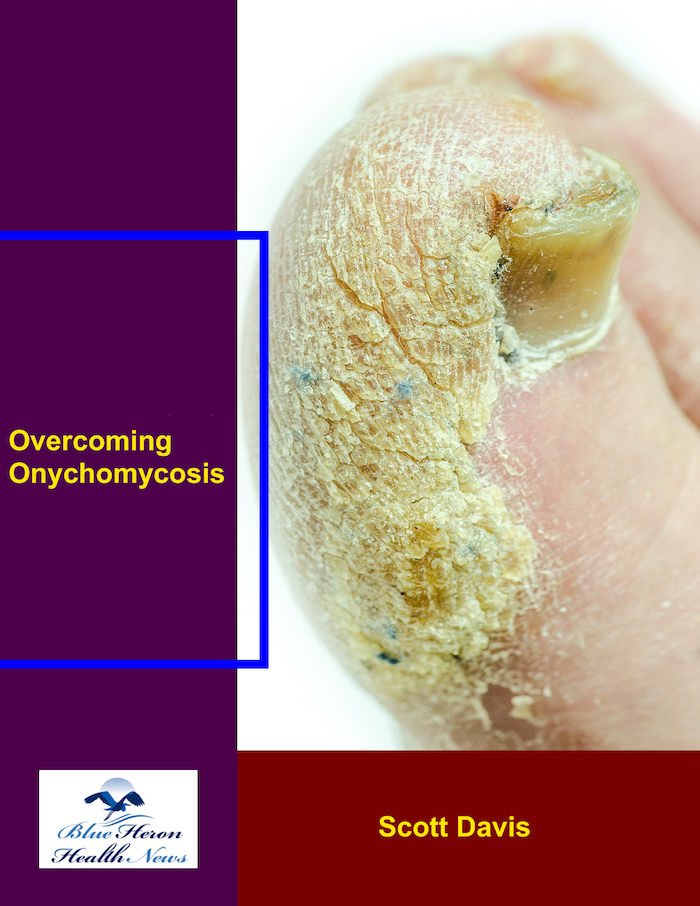
Overcoming Onychomycosis™ By Scott Davis If you want a natural and proven solution for onychomycosis, you should not look beyond Overcoming Onychomycosis. It is easy to follow and safe as well. You will not have to take drugs and chemicals. Yes, you will have to choose healthy foods to treat your nail fungus. You can notice the difference within a few days. Gradually, your nails will look and feel different. Also, you will not experience the same condition again!
How does wearing tight shoes contribute to onychomycosis?
w
earing tight shoes can contribute to the development of onychomycosis (fungal nail infections) in several ways. Tight footwear can create conditions that promote fungal growth and damage to the nails, which increases the likelihood of infection. Here’s how tight shoes play a role in onychomycosis:
1. Increased Friction and Pressure on the Nails:
- Tight shoes often place excessive pressure on the toes and nails, leading to trauma or micro-injuries in the nailbed and surrounding skin.
- This creates an entry point for fungal pathogens, which may already be present on the skin or in the environment (e.g., in public showers or locker rooms), to infiltrate the nails and cause an infection.
2. Reduced Air Circulation:
- Tight shoes, particularly those made from synthetic materials, can limit air circulation around the feet and toes.
- Poor ventilation creates a warm, moist environment, which is ideal for fungal growth. Fungi like dermatophytes (responsible for most onychomycosis cases) thrive in such conditions, increasing the risk of infection, especially in people who already have sweaty feet or poor foot hygiene.
3. Sweating and Moisture Accumulation:
- Tight shoes can trap sweat and moisture around the feet, creating a moist environment that is conducive to fungal growth. Athlete’s foot (a fungal infection of the skin) is common in individuals who wear tight shoes, and it can spread to the nails and lead to onychomycosis.
- Prolonged moisture can soften the skin around the nails, making it easier for fungi to invade the nail bed.
4. Nail Deformation and Damage:
- Tight shoes can cause nail deformities like ingrown toenails or thickened nails, which can make the nails more susceptible to fungal infections.
- The constant pressure on the nails can also lead to nail splitting or separation from the nail bed, creating gaps where fungi can grow and multiply.
5. Poor Foot Hygiene:
- Tight shoes often contribute to poor foot hygiene because they limit space for the feet to breathe and may cause more sweating. This can lead to a build-up of bacteria, sweat, and dirt around the nails.
- When fungal infections are already present on the feet or in the environment, tight shoes can exacerbate the conditions, leading to the infection spreading from the skin to the nails.
6. Trauma and Nail Infections:
- If the shoes are too tight, they can cause direct trauma to the nails, especially on the toe tips, leading to bleeding or bruising under the nails. This trauma weakens the nail structure and provides an entry point for fungal infections.
- In people who are prone to recurrent nail injuries due to tight footwear, such trauma can cause repeated fungal infections or make it harder for the nails to heal.
7. Exacerbating Existing Foot Conditions:
- For individuals who already have athlete’s foot (tinea pedis) or other fungal infections on the skin of the feet, tight shoes can exacerbate the condition. The fungi can more easily spread from the skin to the nails, resulting in onychomycosis.
- Tight shoes also prevent proper foot care and hygiene practices, such as keeping feet dry and clean, making it harder to control fungal infections.
8. Nail Bed Damage:
- Tight shoes may cause compression around the toes, leading to swelling or irritation in the nail bed. This can disrupt the normal growth of the nails and make them more susceptible to fungal invasion.
Conclusion:
Tight shoes can significantly contribute to the development of onychomycosis by creating an environment that favors fungal growth, causing physical trauma to the nails, and compromising the overall hygiene and health of the feet. To reduce the risk of developing onychomycosis, it’s important to wear properly fitting shoes that allow for adequate ventilation, avoid prolonged moisture exposure, and maintain good foot hygiene practices. If onychomycosis does develop, treatment typically includes antifungal medications and proper nail care to help clear the infection and prevent recurrence.
Overcoming Onychomycosis™ By Scott Davis If you want a natural and proven solution for onychomycosis, you should not look beyond Overcoming Onychomycosis. It is easy to follow and safe as well. You will not have to take drugs and chemicals. Yes, you will have to choose healthy foods to treat your nail fungus. You can notice the difference within a few days. Gradually, your nails will look and feel different. Also, you will not experience the same condition again!